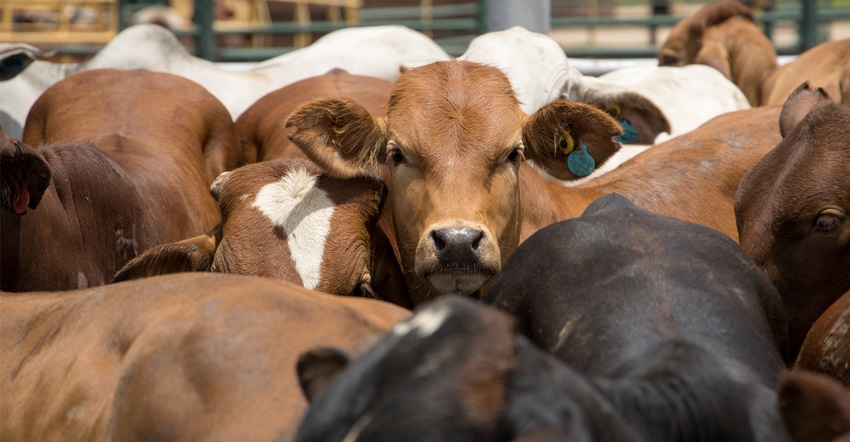May 17, 2022

We often hear and see reports on how sickness or the use of technologies such as fly control, implants, ionophores and others influence animal performance and profitability.
Low-stress cattle handling methods have been discussed and promoted for many years, but the influence on animal performance is not often part of those discussions. Research has investigated the influence that stockmanship has on disposition and animal performance, and more is being done.
Good stockmanship and low-stress handling methods include using the animals’ natural tendencies to the handlers’ advantage while working or handling cattle. This includes calm and quiet actions and movements by the handlers, changing and remodeling equipment and facilities if there are problem areas that impede cattle flow, and acclimating the cattle to handlers prior to needing to move them from their pens for routine management practices. It also involves establishing a positive culture on the farm operation for how animals are handled.
Temperament indicator
Cattle temperament can serve as an indicator of how cattle have been handled. Temperament has a reported heritability value of 0.4 to 0.5 on a scale of 0 to 1, which indicates that environment (how they are handled) also has a strong influence.
Cattle that are handled using low-stress stockmanship practices have been observed to have improved rates of gain. Dewell et.al. (2019) observed that abruptly weaned feeder cattle that were acclimated and handled with low-stress practices during processing had an increased rate of gain of 2.92 pounds per day vs. 2.7 pounds per day for conventionally handled cattle from day 19 through day 95 after arrival, and had 29 pounds heavier hot carcass weights.
Woiwode et.al. (2016), in a trial comparing two different handling approaches to moving newly arrived cattle to the working facility, observed cattle handled in a calm, low-stress manner vocalized less during processing, exited the chute more slowly, and had higher rates of gain compared to cattle that were driven to the working facility in a highly excitable manner. The trial also observed improperly captured calves in the chute had lower rates of gain, higher exit speeds and increased vocalization.
Reinhardt et.al (2009) evaluated the effect of disposition (temperament) of cattle on feedlot and carcass traits on over 20,000 head of cattle in the Tri-County Steer Futurity Program between 2002 and 2006. Cattle that were more excitable had decreased initial and final weights, and a lower rate of gain, hot carcass weight, yield grade, quality grade, and marbling score.
Low-stress cattle handling and good stockmanship practices can improve feedlot performance and carcass traits, help reduce cost of production, and increase revenue from higher-quality carcasses. In addition, implementing these practices can reduce risk of injury to both the handlers and the livestock, resulting in further savings.
Halfmann is the Extension agriculture agent in Monroe County, Wis. This column is provided by the University of Wisconsin Division of Extension Livestock Team.
About the Author(s)
You May Also Like




